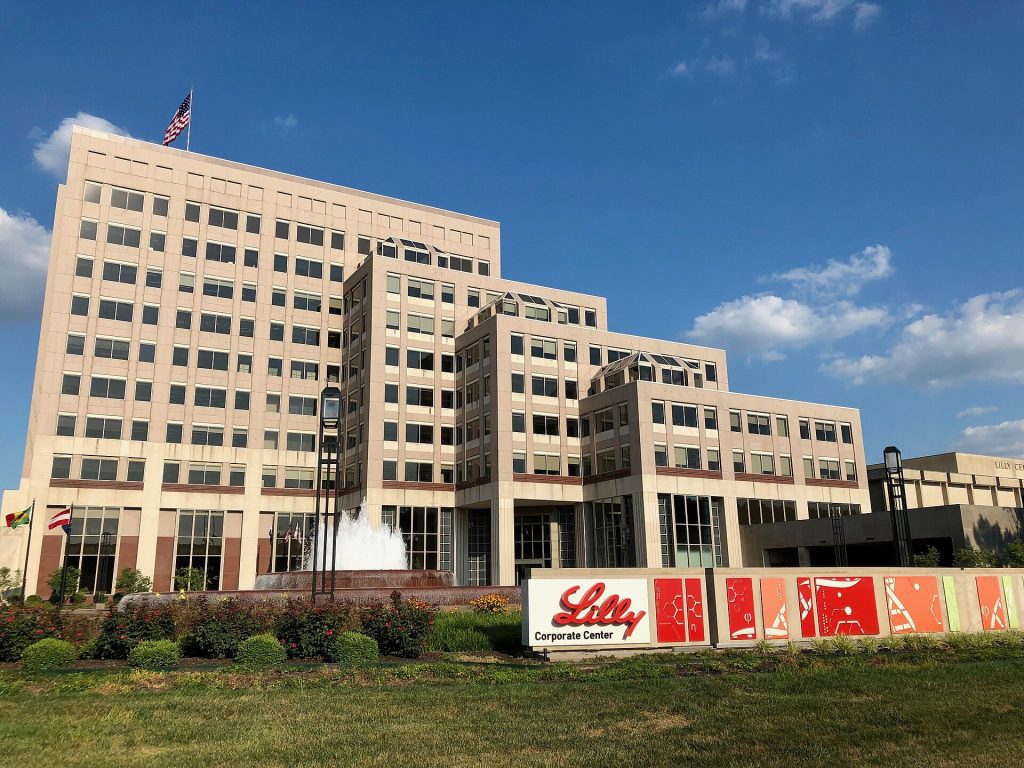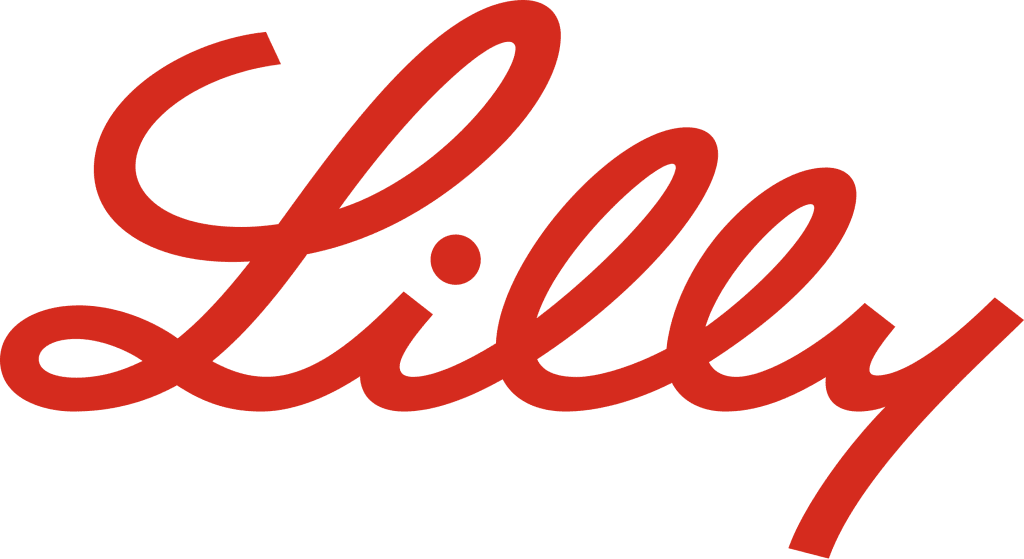
The Dawn of Insulin (1922–1923)
The winter air of Indianapolis in late 1922 carried the sharp scent of chemicals. Inside Lilly’s research building, Director George Clowes closed his leather notebook and gazed out the window. “Read me the letter from Toronto again,” he asked. A young chemist handed him the paper: Insulin. A word that promised to change the fate of diabetes.
Clowes weighed the unknown—unproven processes, uncertain yields, and the survival of hundreds of thousands. Then he remembered the framed motto left by founder Eli Lilly: “Take what you find here and make it better.”
By the following year, the factory roared with sleepless shifts, filters, pumps, and glass vials. In 1923, when the world’s first mass-produced insulin, Iletin, was released, Clowes wrote just one line in his notebook: “Now, people will have tomorrow.”
War and the Rhythm of Antibiotics (1940s–1950s)
Even through the hills of war, Lilly’s rhythm never stopped. In the 1940s, giant fermentation tanks filled the factory floor, bubbling with penicillin foam. Supervisors scraped off the froth with spatulas, stamping boxes with “Squadron Batch.” Radios carried news from Normandy while cart wheels rattled across concrete instead of boots.
By the war’s end, hospitals called this injection a miracle. And in 1955, a sign announced: “Mass Production of Salk Polio Vaccine Begins.” Boxes stamped “INDIANAPOLIS—DEST: GLOBAL” left the warehouse. Next to incubators and newborns, a single needle quietly gleamed.
Biotechnology’s Opening Chapter (1982)
Time brought the next battle. In 1982, a small vial passed from hand to hand in a conference room. The label read: Humulin. The world’s first rDNA-based human insulin.
Silence followed the announcement. The age of extracting from animals was closing, and a new era—where bacteria produced medicine for humans—was opening. Someone whispered: “If this is the door to biotechnology… we’ve already walked through.”
Changing Minds: Prozac and Beyond (1987)
In 1987, a new rhythm entered everyday life. Prozac (fluoxetine) received approval, rewriting the grammar of depression treatment. Beyond clinic walls, it reached dinner tables, commutes, and neighborhoods, reshaping the pace of millions of lives.
One scientist on the development team wrote: “This drug tweaks a delicate balance in the brain, but for patients it is persuasion for tomorrow.”
Insulin Evolves: Humalog (1996)
By 1996, the speed of insulin changed. Humalog (insulin lispro), a rapid-acting insulin, allowed patients to match injections to mealtimes. “Take it first, eat while it’s warm,” nurses cheerfully instructed in wards nationwide.
Technically, just two amino acids were swapped. But that tiny substitution shifted something enormous: daily life.
Cialis and the Language of Lifestyle (2003)
In 2003, Cialis (tadalafil) promised 36 hours of flexibility. The ads of two bathtubs became cultural jokes, but the essence was profound: “The patient controls the timing.”
A urologist remarked: “We translated physiology into the language of the market.” What was once silence and embarrassment became conversation.
Weekly Solutions: Trulicity (2014)
In 2014, Trulicity (dulaglutide), a once-weekly injection for diabetes, eased the burden of adherence. A young resident flipping through charts said: “If it’s weekly, this patient won’t have to quit work.”
When treatment adapts to life, medicine becomes society.
Betting on Precision: Oncology and Retsevmo (2019–2020)
As “precision medicine” moved beyond labs, Lilly placed an $8 billion bet on Loxo Oncology. In 2020, Retevmo (selpercatinib) was approved for RET-positive cancers.
On a thoracic surgeon’s rounding sheet, a short note appeared: “RET rearrangement positive — start oral targeted therapy.” A few gene letters had changed the trajectory of someone’s summer. In that moment, medicine became another word for data.
Crisis and Covid Frontlines (2020)
When the virus stormed the globe in 2020, Lilly raced forward with antibody therapy. Notes scribbled on factory walls read: “Vial shortage warning” and “Remote trial update, 3 p.m.”
Approvals and withdrawals collided, but the assembly line never stopped. In disaster, medicine’s calendar turned faster.
Dual Pathways: Mounjaro and Zepbound (2022–2023)
In 2022, the rhythm accelerated again. Mounjaro (tirzepatide), targeting two incretin receptors, dramatically lowered HbA1c. In 2023, the same compound became Zepbound, the first realistic obesity therapy for many.
Patients said simply: “This time, it feels different.” When a drug persuades metabolism itself, it begins a new chapter in how change is lived.
Shadows and Lessons (2009–2012)
Victory always casts shadows. In 2009, Lilly paid record settlements over illegal marketing of Zyprexa. The courtroom’s words were cold: “Regulations are safety nets for patients.” The reminder echoed in boardrooms.
In 2012, foreign corruption fines struck again. The audit team summarized: “Revenue is numbers, but reputation is time. And time compounds.”
Trust and Price (2022–2023)
In 2022, a fake tweet reading “Insulin is free” went viral, sparking global debate on price and access. CEO David Ricks faced reporters: “A disappointing incident.” But the short falsehood triggered a very real reckoning.
By March 2023, Lilly acted: “70% list price cut for insulin, with $35 monthly cap.”
Phones rang with tearful gratitude, while accountants measured sustainability. One voice in the room said: “This is not cost—it’s a prepayment on trust.”
Supply Strains and Alzheimer’s Breakthrough (2023–2024)
Demand for Mounjaro and Zepbound soon emptied shelves. CSO Daniel Skovronsky nodded at a factory map: “Expansion is the only answer.”
New facilities in Indiana, with automation and high-volume injectables, began closing the gap. Meanwhile, in 2024, Donanemab (Kisunla) gained approval for Alzheimer’s. Families asked doctors: “How much longer can we remember?”
A doctor replied with a simple sketch: “This slows it—it doesn’t reverse.” Medicine was becoming a technology for managing the pace of life itself.
Medicine Beyond the Pill (2024 and Beyond)
In one rainy afternoon meeting, CEO Ricks turned off the screen: “If we’re only a company that makes medicines, we’re doing fine. But if we want to make medicines reachable, then packaging, logistics, price, and service are all part of the drug.”
The file on the wall read: “LillyDirect—telehealth and delivery integration.” Prescriptions, consultations, and doorstep delivery on one platform. Accessibility, redefined as technology.
As night deepened, Lilly’s story moved between warehouses and servers. Some days with resolve, some days with regret, but always forward—through wartime wards, psychiatric waiting rooms, social media storms, and today’s global diabetes and obesity epidemics.
In the final scene, someone stood before Eli Lilly’s portrait. The old frame still read: “To give people tomorrow.” From a small pharmacy sign 149 years ago to today’s global production lines, the motto continues to pass through factories, hospital monitors, and family dinner tables.
And the next sentence is being written: “Our medicines reach people through the paths we build.”

